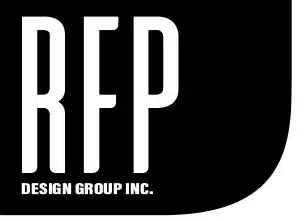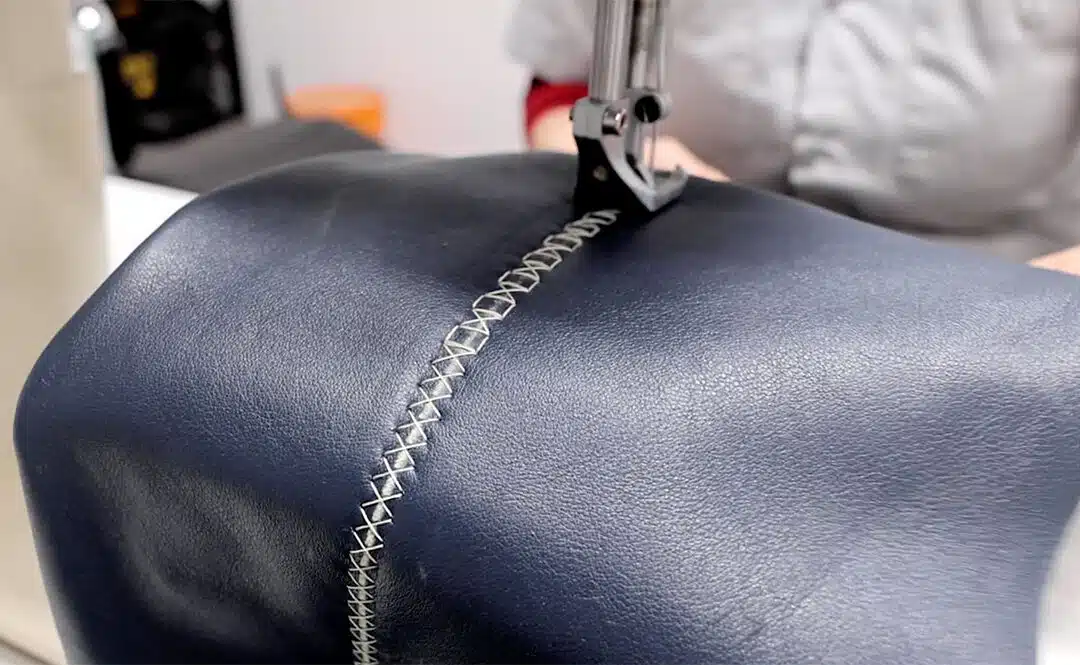Seams are literally what hold your custom piece of furniture together – here’s how to pick the right kind
When ordering a custom piece of furniture, it’s easy to have the big picture in mind – What piece do you need? What function will it serve? What colour and style should it have? How will it stand out from the crowd? It may be more difficult to drill down into the minute details that every custom piece needs. Take seams, for example.
For those without intricate knowledge of manufacturing, the right seam may not be as glamorous to visualize – but when it comes to fabric upholstery, seams are literally what’s keeping your piece of furniture intact. Choosing the right one will have a significant impact on the final piece, and that’s where RFP’s expertise comes in handy.
Here are the benefits of different kinds of seams for your next project:
- Single Top Stitch: A single top stitch is one of the most straightforward seams you can use – they’re functional but can also be purely decorative. You can spot a single top stitch when a single line of stitching is visible above a seam on the right side (meaning the side you see) of the fabric – just look at a shirt from your own closet or an upholstered dining room chair. The single top stitch is quite common since it works on any project, reduces bulk from the seam underneath the finished outer layer, and offers a chance to add style and detail to the piece due to its visible thread. You want to make sure you get a clean, straight line with a single top stitch, but modern machinery now makes that foolproof.
- Double Top Stitch: Take all the benefits of the single top stitch and double them – literally. Adding another line of stitching not only reinforces the strength of the seam (that’s why you see it used on pant pockets or couch cushions, anywhere with repeated pulling), but it smooths out the excess fabric underneath the seam even more. And when used as a style detail, it adds a little more punch.
- French Seam: French seams are used when a piece needs a proper finish inside and out (think unlined coats or gauzy drapes). A French seam places stitching, at first, on the wrong side (meaning, the side you don’t see on the outside) of the fabric, which get hidden away when unfolded to reveal the right side of the fabric (in other words, a plain seam). Then, the ends on the wrong side are sewn down again to they’re hidden on that side as well. This seam is most often used with very thin or sheer fabrics.
- Knife Edge Seam: Just as it sounds, the knife edge seam is straightforward, simple, and clean. When two pieces of fabric are stitched together and turned inside out so no stitching at all is visible on the right side, that’s a plain seam or a knife edge seam (so called because the fabric tapers to sharp, crisp corners). You see this seam used most in pillows without any edging or seam details.

